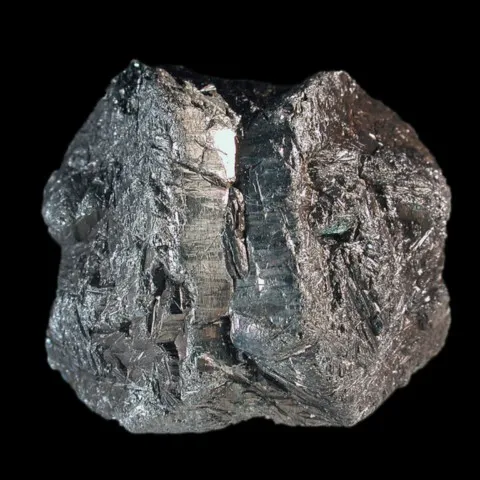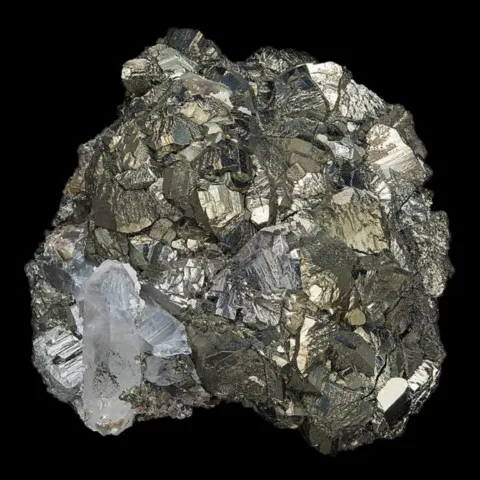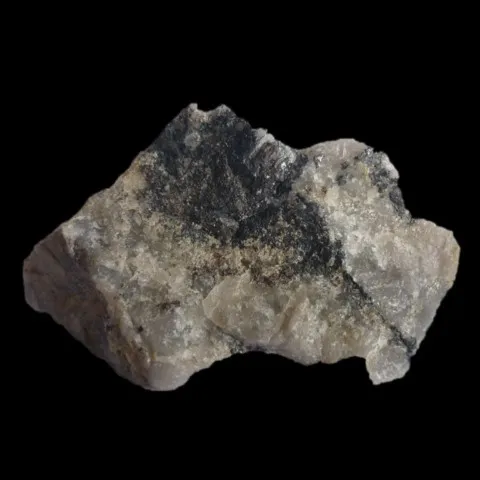STANNITE
Class : Sulfides and Sulfosalts
Subclass : Sulfides
Crystal system : Tetragonal
Chemistry : Cu2FeSnS4
Rarity : Fairly common
Stannite is the most common of the tin sulfides. It is a fairly common hydrothermal mineral found in pneumatolytic deposits and high-temperature hydrothermal deposits as well as in Andean deposits. Its name comes from the Latin stannum (tin) in reference to its chemical composition. Stannite has a metallic luster and a steel-gray color with a greenish tinge. It generally occurs in granular masses, usually alongside chalcopyrite, cassiterite, and arsenopyrite. It is an accessory ore of tin.
Main photo : Stannite on arsenopyrite from Yaogangxian Mine, Hunan, China © Eugene & Sharon Cisneros
Stannite in the World
Twinning
Interpenetration twinning is known on {102}, around {112} and with {112} as the composition plane.
Fakes and treatments
No fakes listed for this mineral species.
Hardness : 4
Density : 4.3 to 4.5
Fracture : Irregular
Streak : Black
TP : Opaque
RI : -
Birefringence : -
Optical character : -
Pleochroism : None
Fluorescence : None
Solubility : Nitric acid
Magnetism : NoneRadioactivity : None





